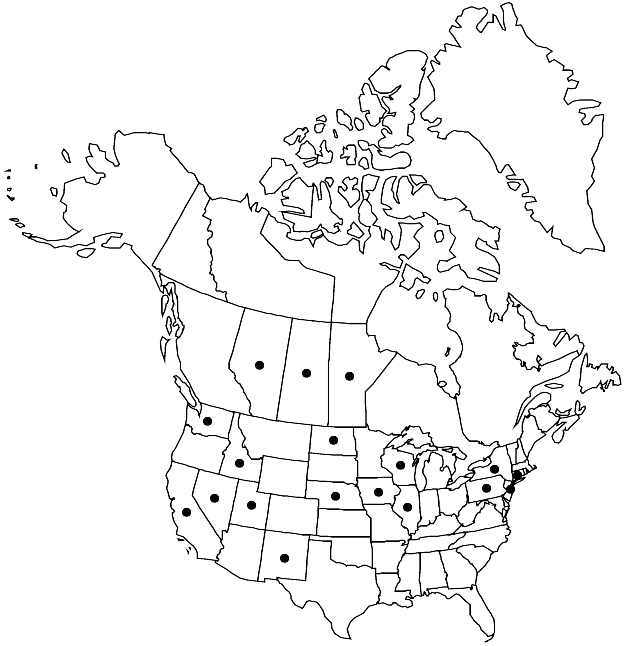Difference between revisions of "Rorippa austriaca"
Enum. Pl., 103. 1821.
FNA>Volume Importer |
imported>Volume Importer |
||
| Line 6: | Line 6: | ||
|place=103. 1821 | |place=103. 1821 | ||
|year=1821 | |year=1821 | ||
| + | }} | ||
| + | |special_status={{Treatment/ID/Special_status | ||
| + | |code=W | ||
| + | |label=Weedy | ||
| + | }}{{Treatment/ID/Special_status | ||
| + | |code=I | ||
| + | |label=Introduced | ||
}} | }} | ||
|basionyms={{Treatment/ID/Basionym | |basionyms={{Treatment/ID/Basionym | ||
| Line 41: | Line 48: | ||
|elevation=100-1900 m | |elevation=100-1900 m | ||
|distribution=Alta.;Man.;Sask.;Calif.;Conn.;Idaho;Ill.;Iowa;Nebr.;Nev.;N.J.;N.Mex.;N.Y.;N.Dak.;Pa.;Utah;Wash.;Wis.;Europe. | |distribution=Alta.;Man.;Sask.;Calif.;Conn.;Idaho;Ill.;Iowa;Nebr.;Nev.;N.J.;N.Mex.;N.Y.;N.Dak.;Pa.;Utah;Wash.;Wis.;Europe. | ||
| + | |introduced=true | ||
|tables= | |tables= | ||
|references= | |references= | ||
| Line 63: | Line 71: | ||
|publication title=Enum. Pl., | |publication title=Enum. Pl., | ||
|publication year=1821 | |publication year=1821 | ||
| − | |special status= | + | |special status=Weedy;Introduced |
| − | |source xml=https:// | + | |source xml=https://bibilujan@bitbucket.org/aafc-mbb/fna-data-curation.git/src/bb6b7e3a7de7d3b7888a1ad48c7fd8f5c722d8d6/coarse_grained_fna_xml/V7/V7_771.xml |
|tribe=Brassicaceae tribe Cardamineae | |tribe=Brassicaceae tribe Cardamineae | ||
|genus=Rorippa | |genus=Rorippa | ||
Revision as of 00:00, 28 May 2020
Perennials; (terrestrial or of wet habitat, not submerged, rhizomes thickened, short); usually glabrous, rarely pubescent proximally. Stems (simple from base), erect, much-branched distally, 4–11(–18) dm. Basal leaves not rosulate; blade margins pinnatifid. Cauline leaves sessile; blade lanceolate, (2.5–)4–12(–15) cm × 5–20(–25) mm, base auriculate to amplexicaul, margins entire or serrate. Racemes elongated. Fruiting pedicels divaricate-ascending to horizontal, straight, 4–15 mm. Flowers: sepals ascending, oblong, 2–3 × 1–1.3 mm; petals yellow, obovate, 3–5 × 1.7–2.5 mm; median filaments 2.3–3 mm; anthers ovate, 0.4–0.6 mm. Fruits silicles (rarely produced), straight, globose or subglobose, 2.5–3.2 × 1.5–2.7 mm; ovules 18–40 per ovary; style 1–1.5(–2) mm. Seeds biseriate, reddish brown, ovoid, 0.7–0.9 mm, finely colliculate. 2n = 16.
Phenology: Flowering May–Jul.
Habitat: Mud flats, floodplains, fields, roadsides, lakeshores, marshes, ditches, stream banks, wet grasslands, waste grounds
Elevation: 100-1900 m
Distribution

Introduced; Alta., Man., Sask., Calif., Conn., Idaho, Ill., Iowa, Nebr., Nev., N.J., N.Mex., N.Y., N.Dak., Pa., Utah, Wash., Wis., Europe.
Discussion
Selected References
None.